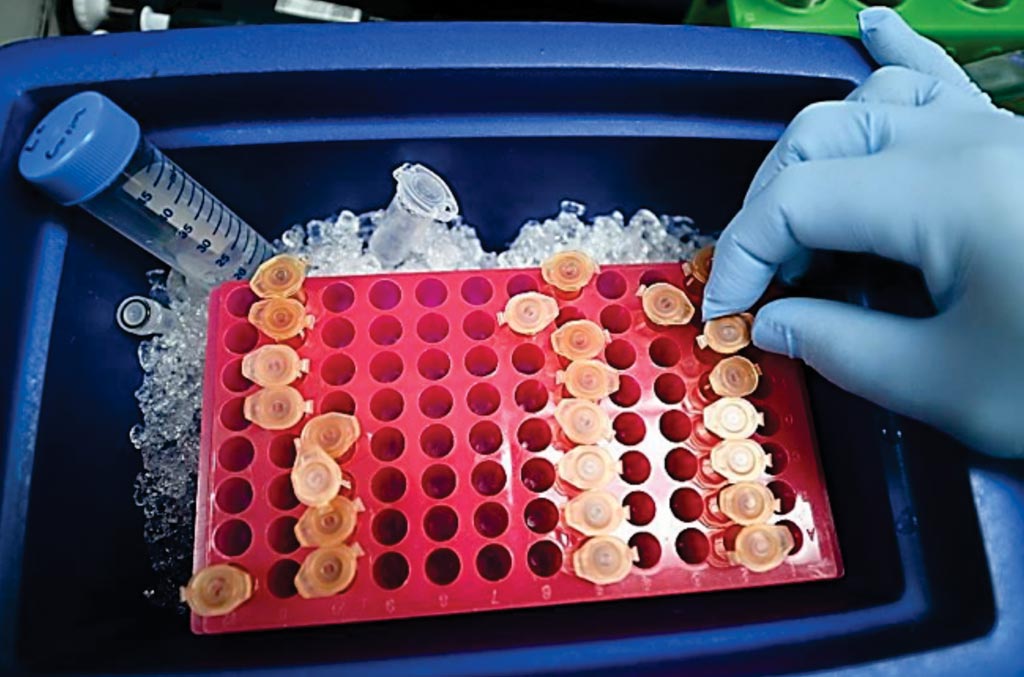Blood Test Approved for Adult Traumatic Brain Injury
By LabMedica International staff writers
Posted on 01 Mar 2018
In 2013, there were approximately 2.8 million traumatic brain injuries (TBI)-related emergency department visits, hospitalizations and deaths in the USA. Of these cases, TBI contributed to the deaths of nearly 50,000 people.Posted on 01 Mar 2018
TBI is caused by a bump, blow or jolt to the head or a penetrating head injury that disrupts the brain’s normal functioning. Its severity may range from mild to severe, with 75% of TBIs that occur each year being assessed as mild traumatic brain injury (mTBI) or concussions. A majority of patients with concussion symptoms have a negative computed tomography (CT) scan.

Image: Blood samples used to assess traumatic brain injury using the Brain Trauma Indicator test (Photo courtesy of Banyan Biomarkers).
The availability of a blood test for mTBI will help healthcare professionals determine the need for a CT scan in patients suspected of having mTBI and help prevent unnecessary neuroimaging and associated radiation exposure to patients. The US Food and Drug Administration evaluated data from a multicenter, prospective clinical study of 1,947 individual blood samples from adults with suspected mTBI/concussion and reviewed an assay by comparing mTBI/concussion blood tests results with CT scan results.
The blood test known as the Brain Trauma Indicator (Banyan Biomarkers, Inc, San Diego, CA, USA) works by measuring levels of ubiquitin carboxy-terminal hydrolase L1 (UCH-L1) and glial fibrillary acidic protein (GFAP) within 12 hours of head injury. Levels of these blood proteins after mTBI/concussion can help predict which patients may have intracranial lesions visible by CT scan and which will not. Being able to predict if patients have a low probability of intracranial lesions can help healthcare professionals in their management of patients and the decision to perform a CT scan. Test results can be available within three to four hours.
The Brain Trauma Indicator was able to predict the presence of intracranial lesions on a CT scan 97.5% of the time and those who did not have intracranial lesions on a CT scan 99.6% of the time. These findings indicate that the test can reliably predict the absence of intracranial lesions and that health care professional can incorporate this tool into the standard of care for patients to rule out the need for a CT scan in at least one-third of patients who are suspected of having mTBI.
Scott Gottlieb, MD, the Commissioner of the FDA, said, “A blood-testing option for the evaluation of mTBI/concussion not only provides healthcare professionals with a new tool, but also sets the stage for a more modernized standard of care for testing of suspected cases. In addition, availability of a blood test for mTBI/concussion will likely reduce the CT scans performed on patients with concussion each year, potentially saving our healthcare system the cost of often unnecessary neuroimaging tests.”
Related Links:
Banyan Biomarkers














